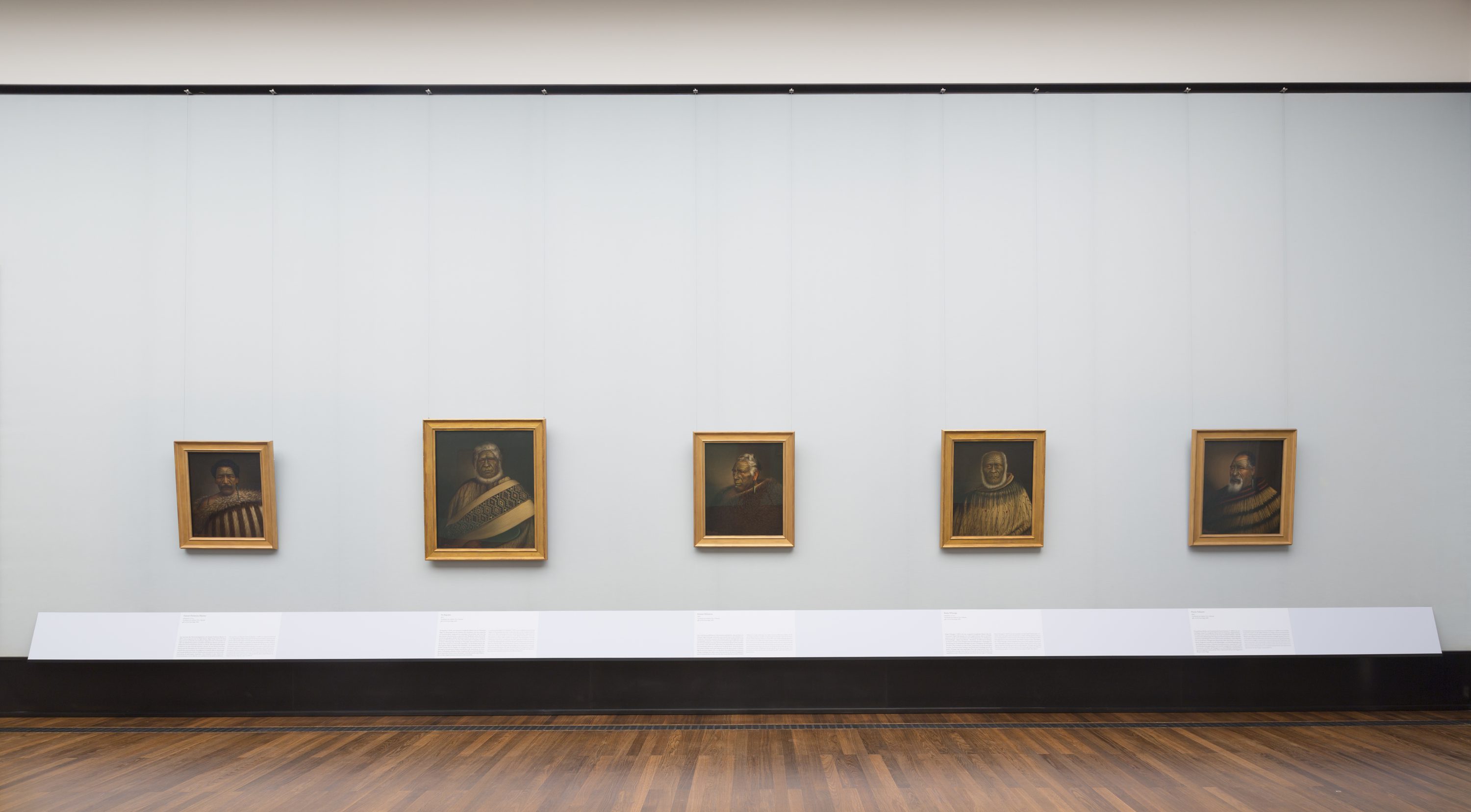The National Gallery will host the exhibition Gottfried Lindauer. the Māori portraits for the first time in the Alte Nationalgalerie Gottfried Lindauer (1839-1926), whose works are almost unknown outside of New Zealand.
It is the first time that the descendants of the people depicted, along with Haerewa (Maori scholars and artists who act as consultants to the Auckland Art Gallery Toi o Tāmaki), have given permission to display the images outside of Aotearoa New Zealand. The paintings have never left New Zealand because the descendants of the people depicted in the portraits keep the memory of their ancestors alive and the connection between generations to lineage, history and identity to this day.
Gottfried Lindauer, born in Pilsen (today the Czech Republic) in 1839, is one of the few painters of the late 19th century who devoted his work almost exclusively to depicting an indigenous population, the Māori in New Zealand, in portraits and genre paintings. Gottfried Lindauer was trained at the Vienna Art Academy. Leopold Kuppelwieser, Josef von Führich and Carl Hemerlein were his teachers. As photography became more popular, the order situation in Pilsen was not very good and Lindauer embarked in Hamburg to emigrate.
He reached the port of Wellington in New Zealand in August 1874, settled in the trading city of Auckland and met his sponsor, the businessman Henry Partridge, who wanted to preserve Māori culture.
Lindauer died in Woodville in 1926 at an advanced age.
